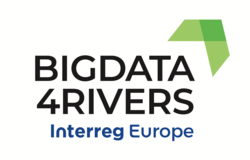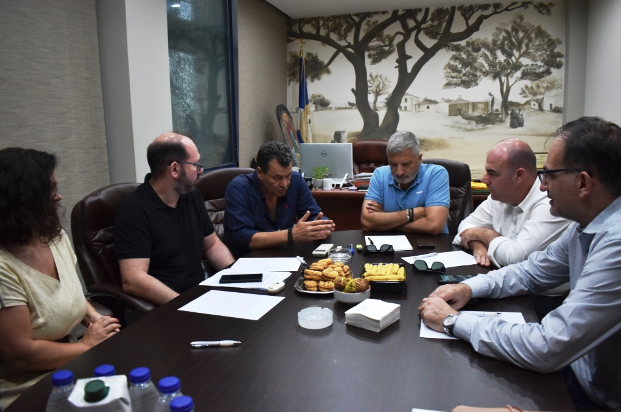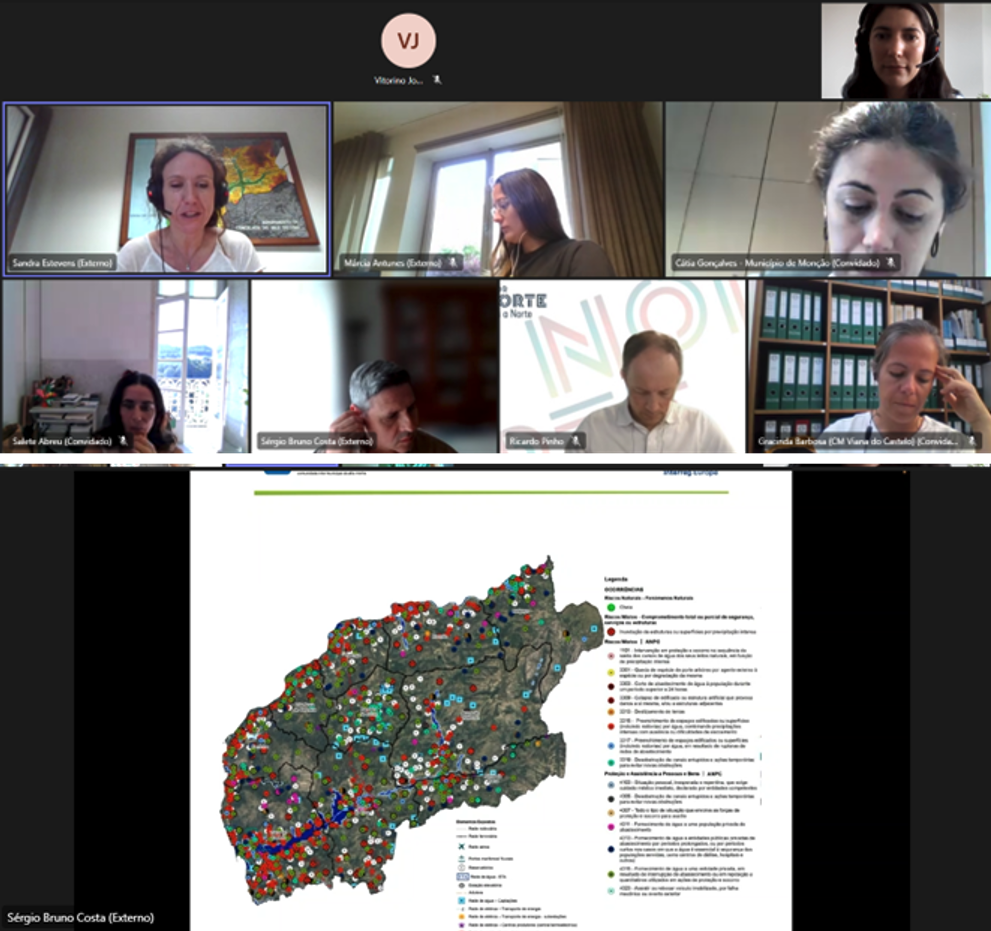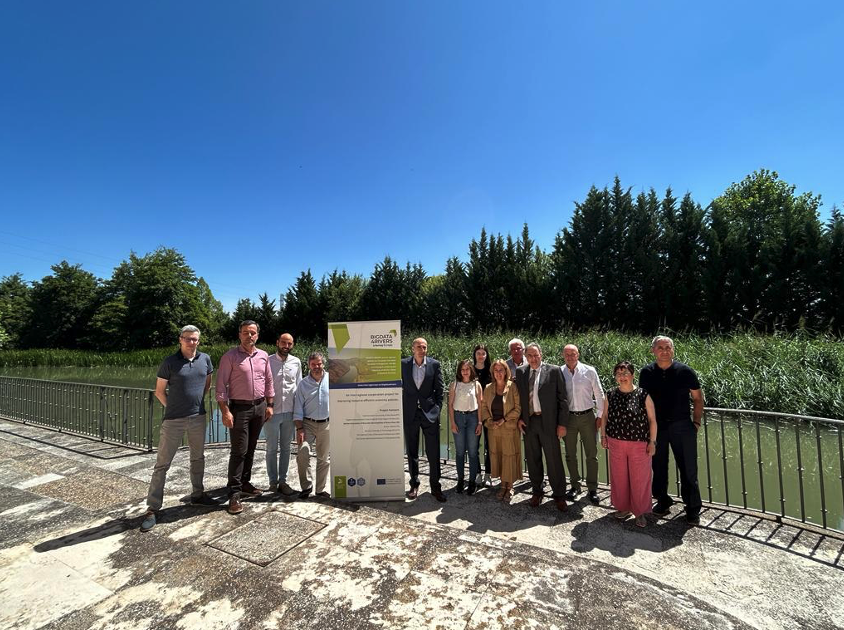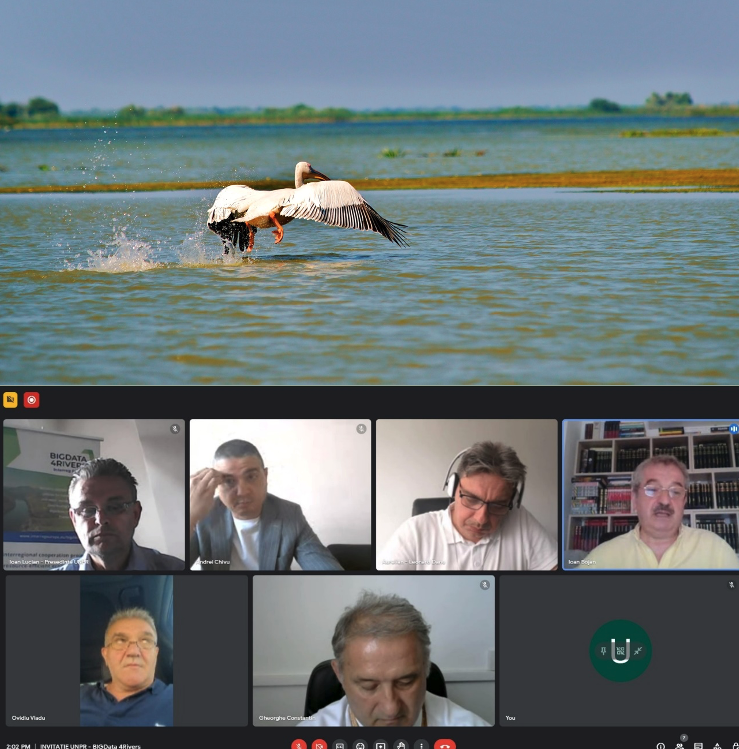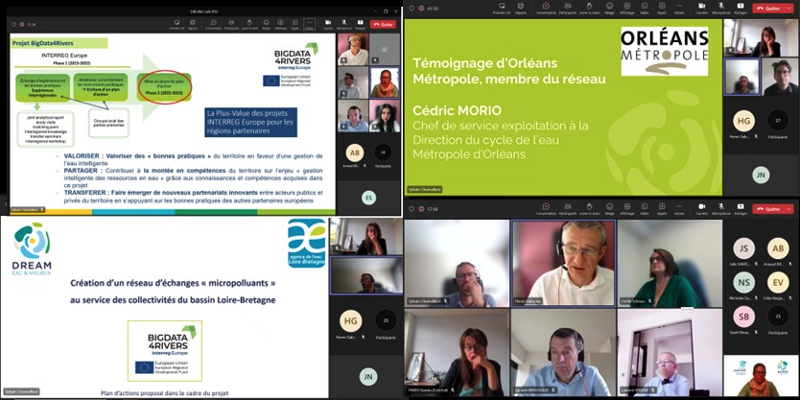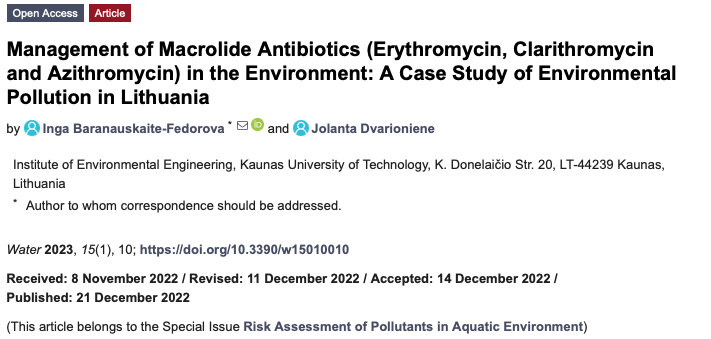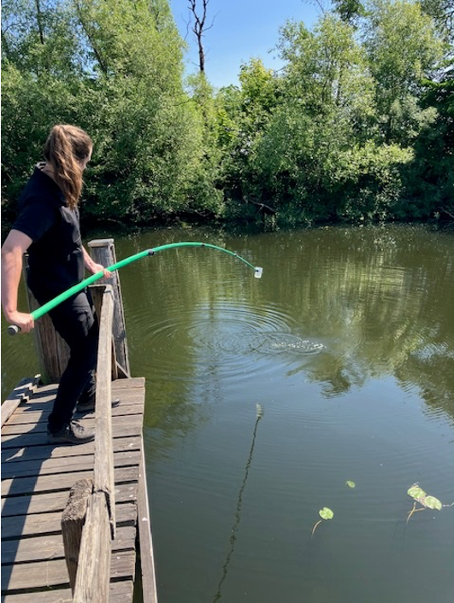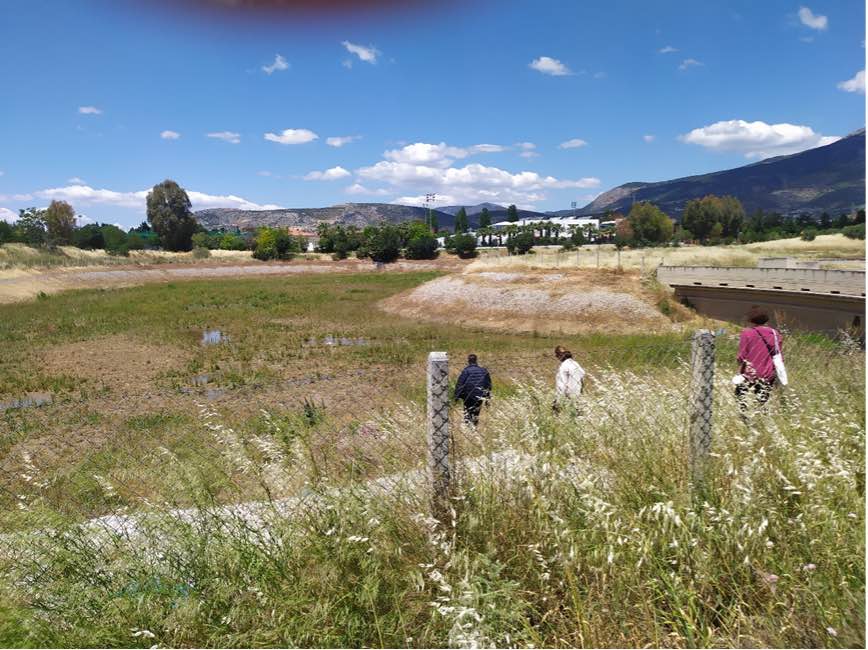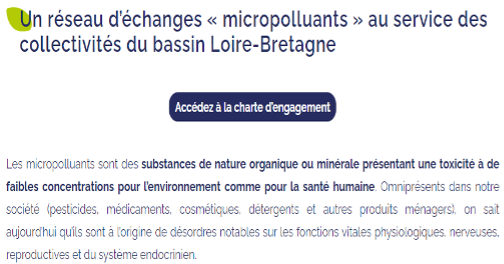The AIMRD’s Action Plan is the result of the close collaboration with the Management Authority of the policy instrument (Junta de Castilla y León), the Duero River Basin Authority (Confederación Hidrográfica del Duero) and the other entities represented in the Local Stakeholders Group (LSG).
The policy instrument addressed by AIMRD in the framework of the Interreg Europe BIDGATA 4RIVERS project is the Regional Operational Programme of Castilla y León. In particular, the proposed actions have been oriented to produce results during the programming period 2021-2027.
The action plan has been based on the lessons learned from the project and on the key contributions of regional agents.
The following main lessons to be capitalized through this action plan stand out:
- A high level of cooperation reached between private and public entities, at cross-border level, is essential for a uniform development of the territory and the successful implementation of water management policies.
- Cross-border cooperation, where river basins are shared by two or more Member States, is crucial. However, this collaboration faces several challenges, such as the standardization of methodologies and the strengthening of inter-regional and intraregional cooperation.
- Governance plays a key role in water management, as it allows the skills of each actor working directly and indirectly in water management to be brought together, which results into a real asset for the sustainable development of the territory.
- Governance renewal and process improvement are relevant contributions to improve efficiency and transparency in water resources management, whether at local, regional, or cross-border level.
- The creation of methods for managing large amounts of information and its sharing allows for better knowledge and leads to sustained decision-making. Coordinated water resources management enables finding common solutions to problems or challenges that are also common, by sharing experiences, good practices, and knowledge that favour effective and efficient planning and operational response.
- Technologies are a fundamental tool for an efficient water management, balancing the needs for monitoring, action and territorial planning with cost-effective and adequate financing for the different territories according to their development.
Based on these lessons, the AIMRD has identified cooperation and governance as key factors for an efficient evolution of Castilla y León territory. The main strategic objective has been promoting cross-border cooperation and participatory governance, regarding smart management of the Douro River and its valorisation as an asset for economic and sustainable growth.
In this context, the Action Plan implemented by AIMRD has been focused on the constitution of the Castilla y León Duero River Smart Water Management Advisory Committee to improve the governance and foster participatory processes under the policy instrument (PI) addressed. Specifically, this action is being implemented through the following steps, currently in the final stages:
- Constitution of a cross-border working group, to define the main guidelines and objectives of the Advisory Committee
- Definition of the structure, specific objectives, working lines and internal operating regulation of the Advisory Committee
- Invitation to the entities selected by the working group to be part of the Advisory Committee
- Definition of the objectives and working lines for the first official (kick-off) meeting of the Advisory Committee
- Organization of the first official meeting of the Castilla y León Duero River Smart Water Management Advisory Committee. This pilot meeting will allow to establish the right way to integrate this advisory body into the PI management structure (as a formal or informal support group) contributing to improve its governance and ensure the inclusion of sustainable participatory processes concerning smart water management action under the PI
- Production of a report of conclusions and recommendations on the integration of the Advisory Committee into the management structure of the PI
- Validation and integration of the Advisory Committee in the management structure of the PI.
